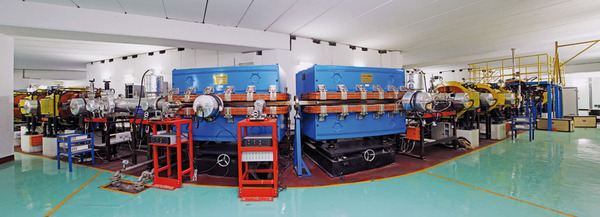Dr. Duncan Galloway (Monash) leads the project, and will contribute to the data reduction and analysis to support the observational component of the program; provide overview on the data management; and will contribute to the observation-model comparisons.
Prof. Alexander Heger (Monash) will contribute numerical simulations using the Kepler code. He will undertake additional set of model runs, designed to provide a more comprehensive overview of the phenomenology, and incorporating significant advances to the stability of the code and in the modeling techniques within the last few years.
Prof. Hendrik Schatz (Michigan State University) will work on updating the nuclear reaction database needed for X-ray burst studies, and work on experiments to further improve the nuclear physics input using new instruments and facilities that will be available at NSCL.
Dr. Laurens Keek (Georgia Tech; NASA Goddard from 2016 Jan) will contribute analysis and interpretation of the burst catalog, as well as simulations for comparison with observations. In addition to observational studies, Keek performs numerical modelling of bursts with the KEPLER code of Heger.
Dr. Jérôme Chenevez (DTU Space) is part of the instrument team for INTEGRAL/JEM-X, and is also involved in the NuSTAR and NICER X-ray missions. He will contribute to the astrophysical data gathering, reduction and interpretation for the team.
A/Prof. Andrew Cumming (McGill) will contribute theoretical interpretation of the experimental and observational data, and the comparisons with numerical models.
Prof. Edward Brown (MSU) will contribute his expertise in the model-observation comparisons as well as the nuclear physics inputs to the modelling.
Prof. Yang Sun (SJTU) will contribute his theoretical results in calculating beta-decay and capture rates, and in collaboration with Schatz and Cyburt, advise on the appropriate nuclear physics inputs to the numerical models.
Prof. Dr. Friedrich-K. Thielemann (U. Basel) will contribute his expertise on modelling of thermonuclear burning, and will also help to integrate the nuclear physics data into the models.
Dr. Maurizio Falanga (ISSI Bern) will contribute his expertise to the model-observation comparisons, as his availability permits.
Dr. Nathalie Degenaar (IoA, Cambridge & UvA) will contribute extensive multiwavelength observational expertise related to LMXBs, with a focus on crust cooling and its influence on the thermal state of the crust and hence X-ray burst ignition.
Dr. Richard Cyburt (JINA & MSCL) has broad interests in nuclear and particle astrophysics, and also maanges the JINA NucDataLib and REACLIB Databases of nuclear reaction rates. These databases will be key resources for the numerical modelling of thermonuclear burning.
Young scientists
- Alex Deibel (MSU)
- Wendell Misch (SJTU)
- Wei Jia Ong (NSCL, TBC)
